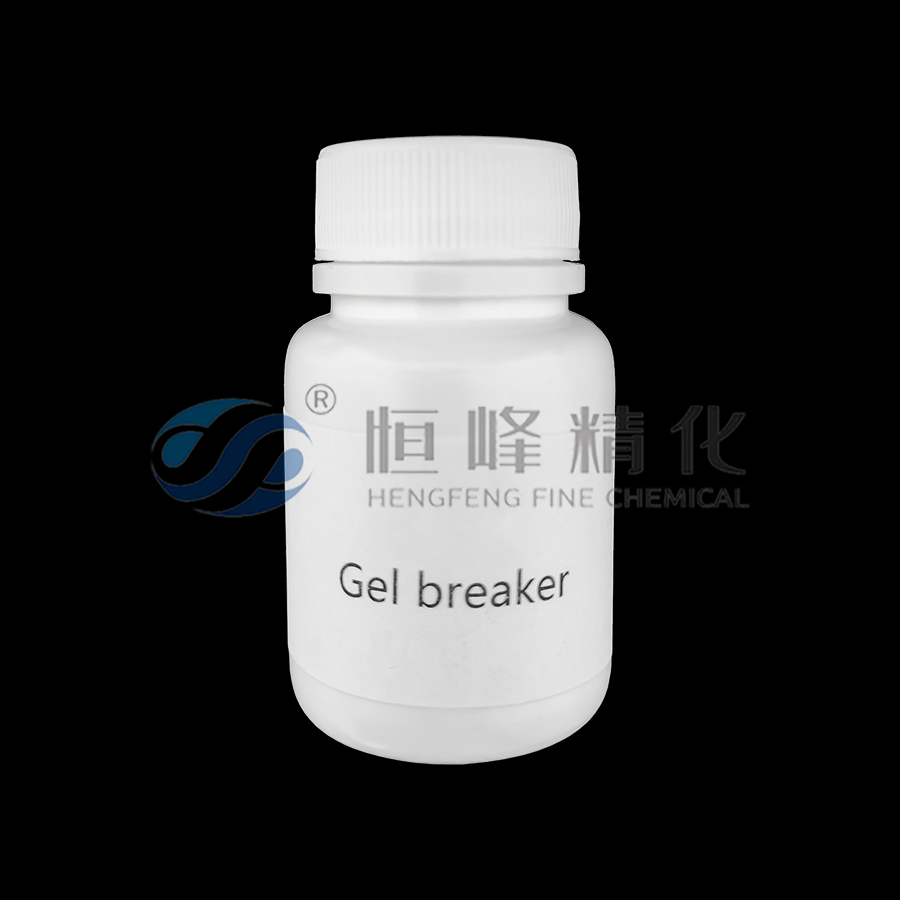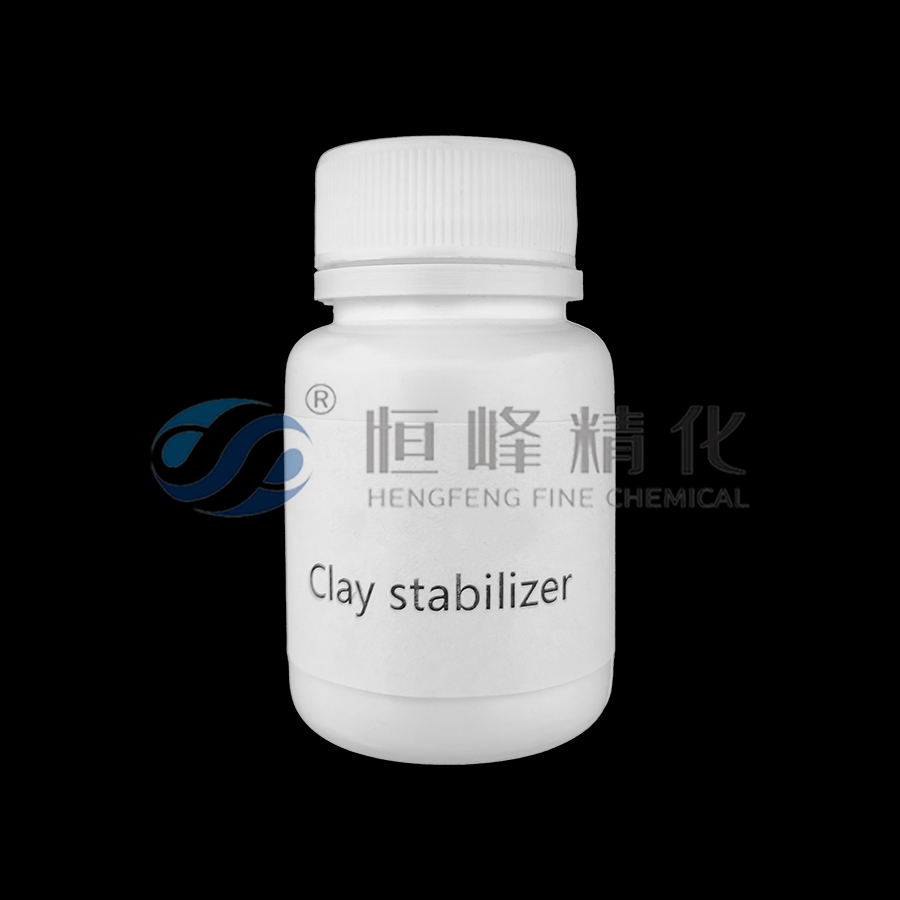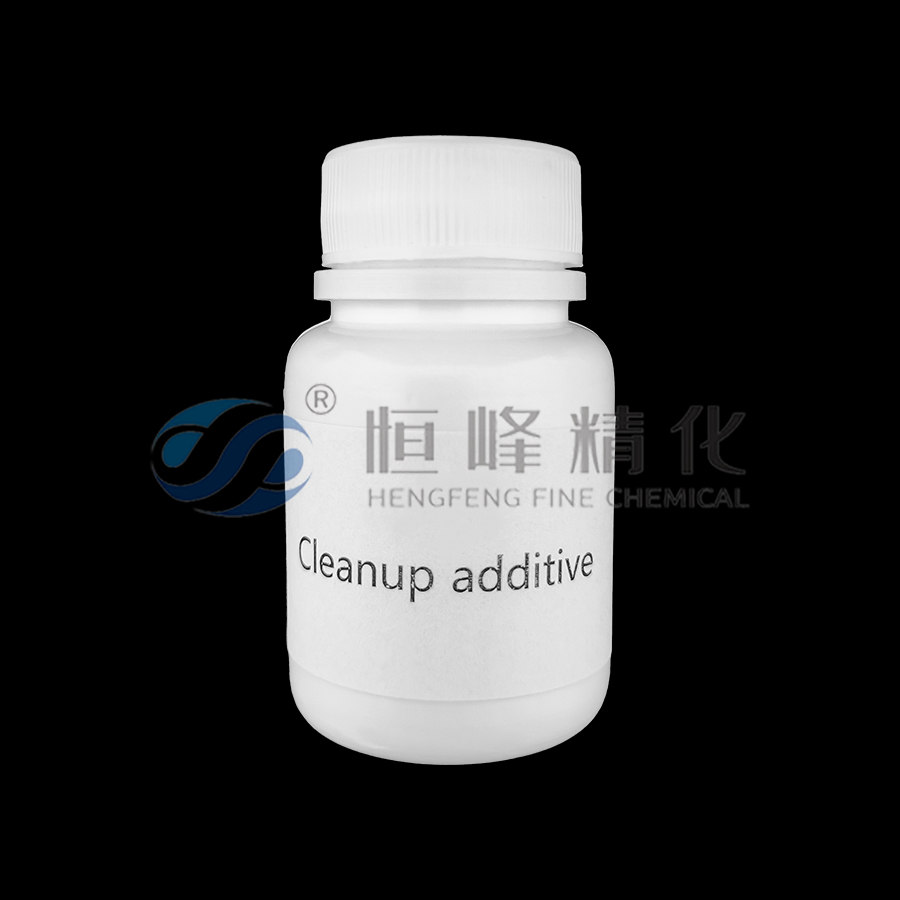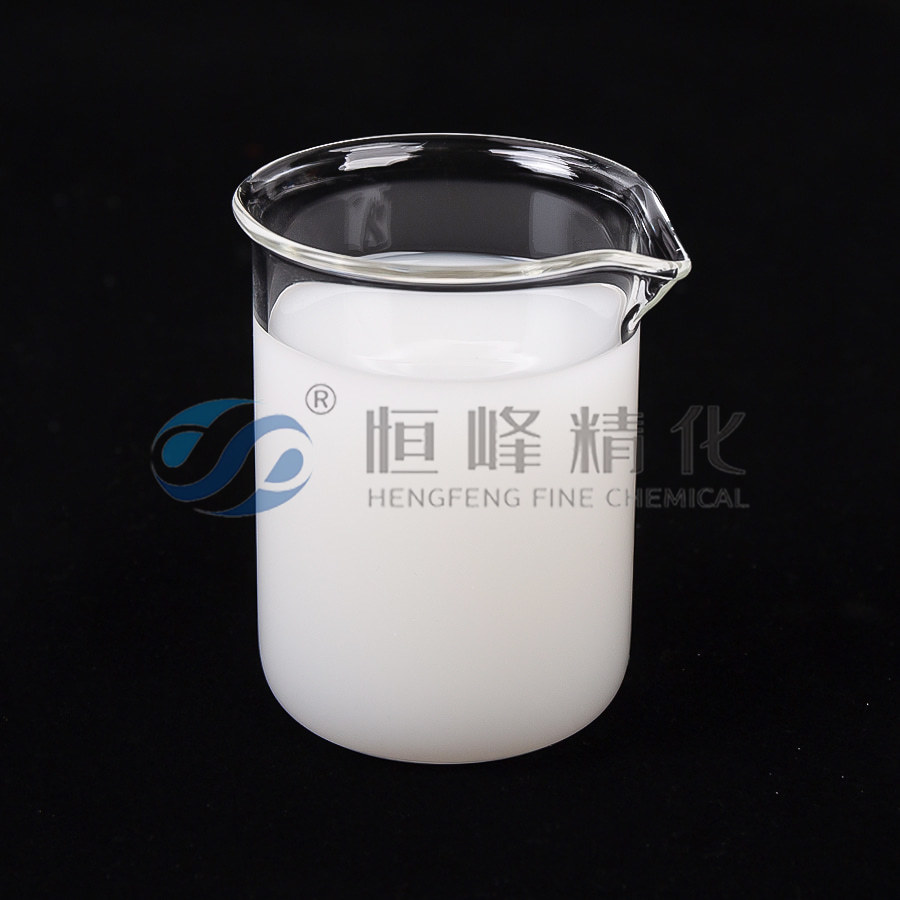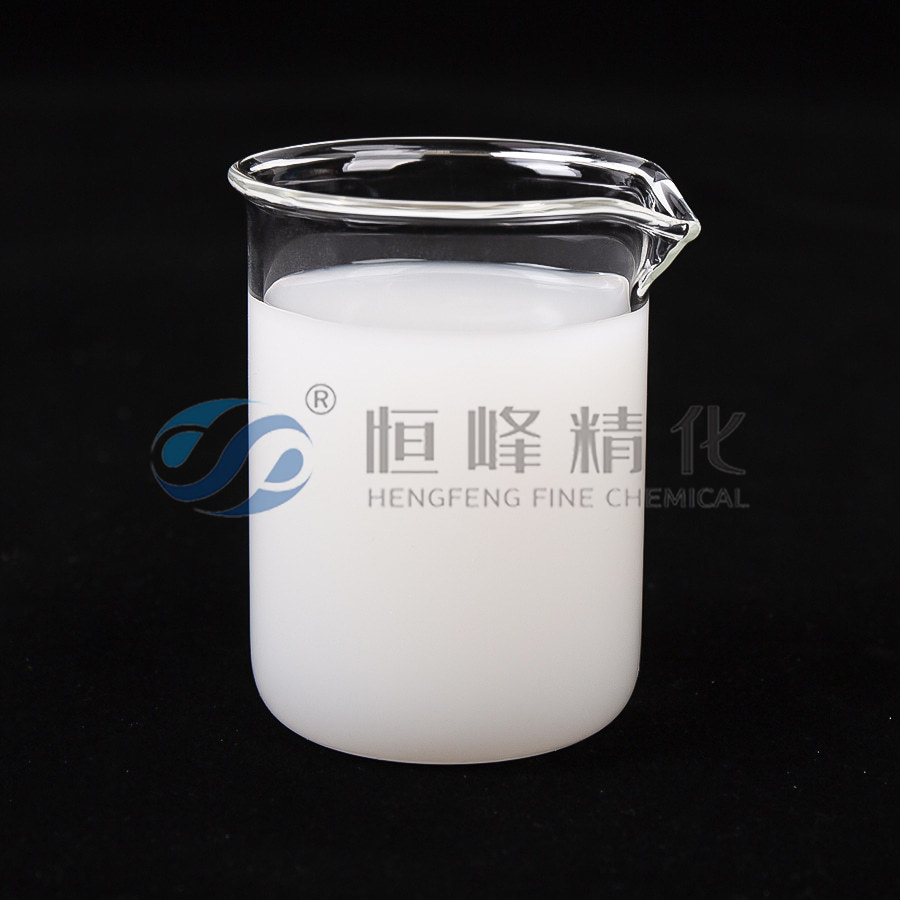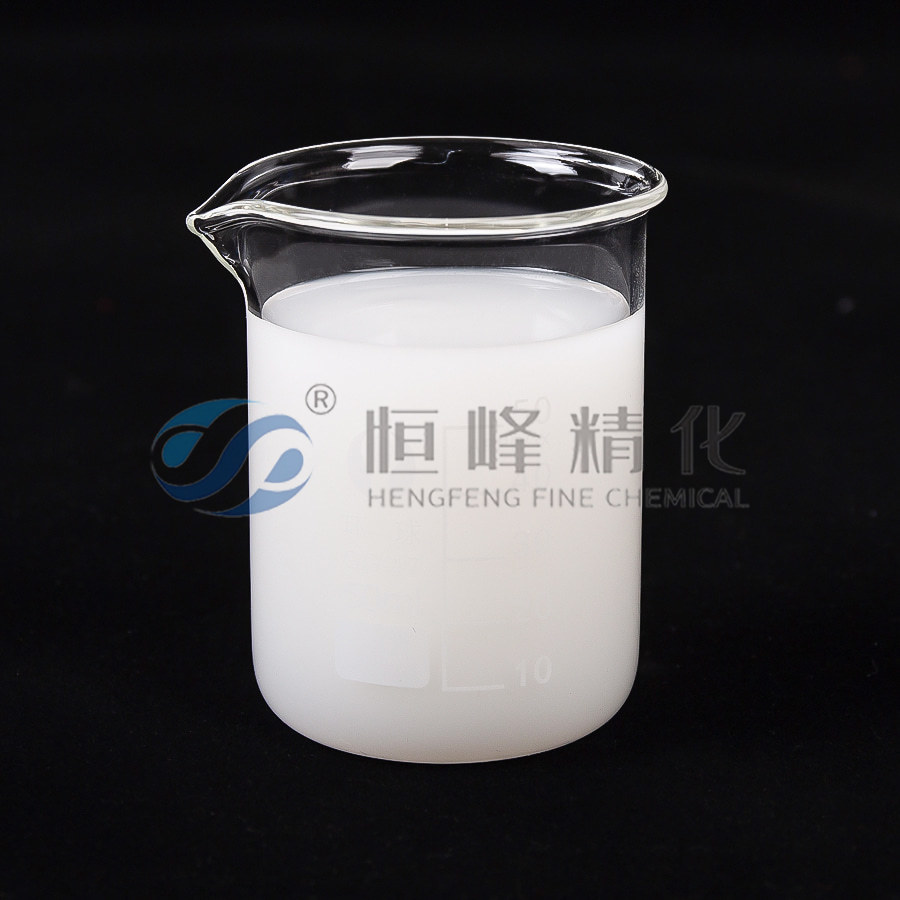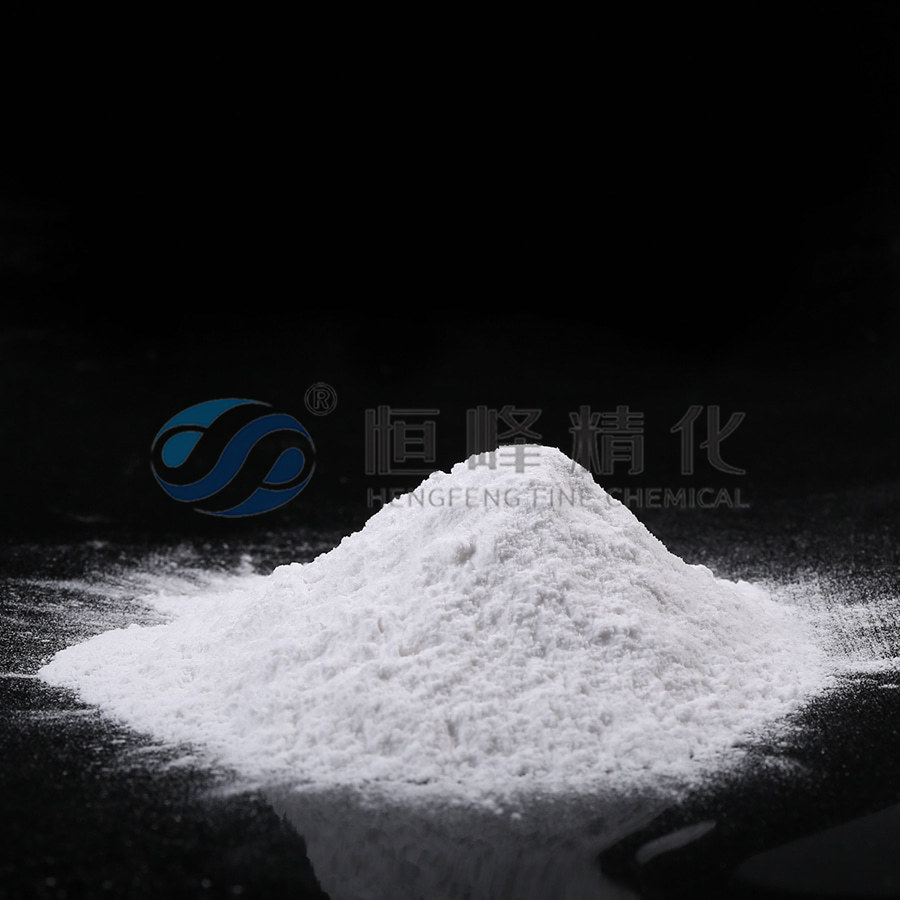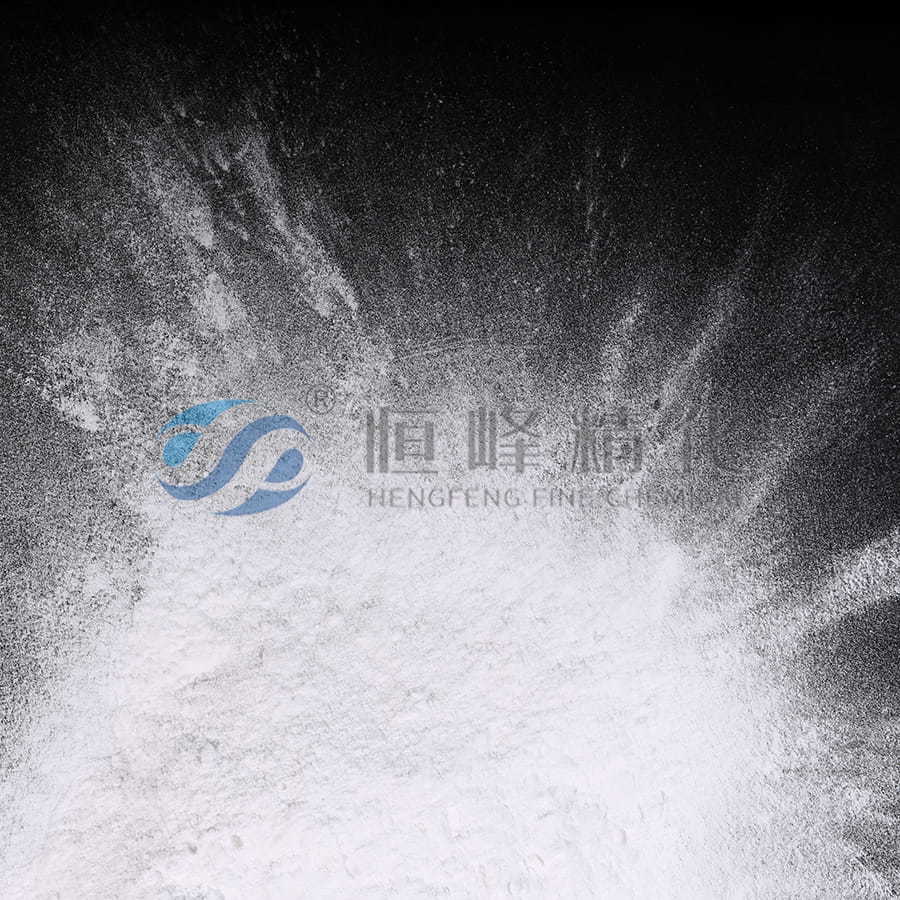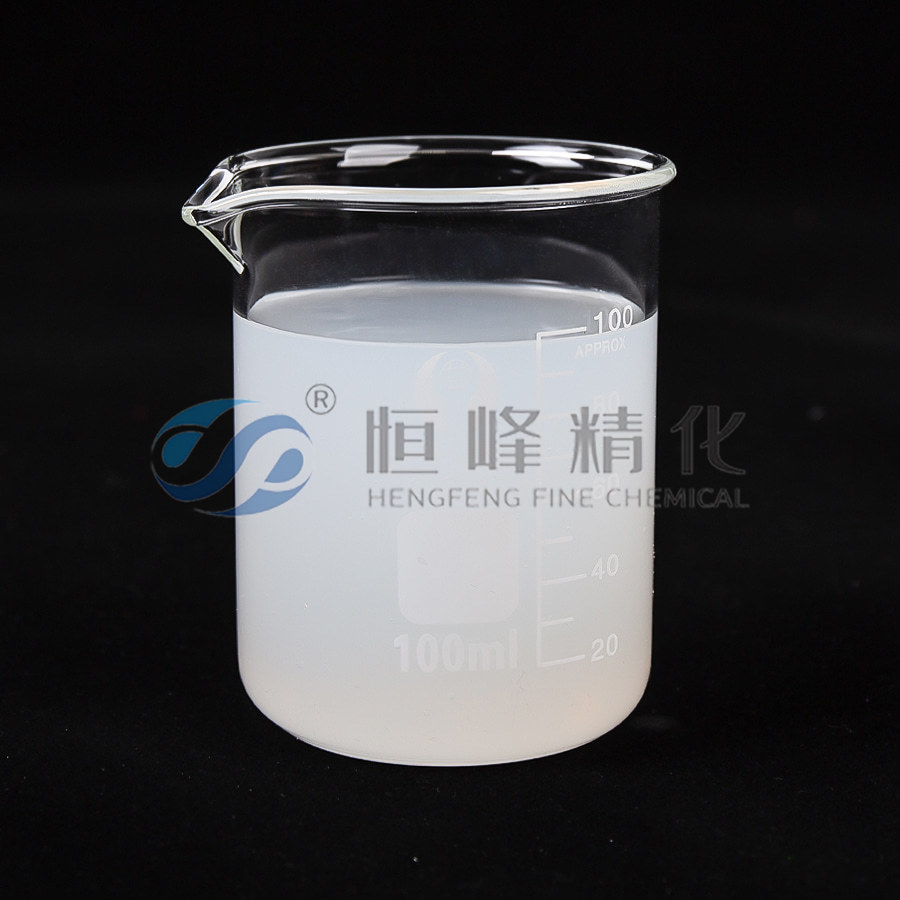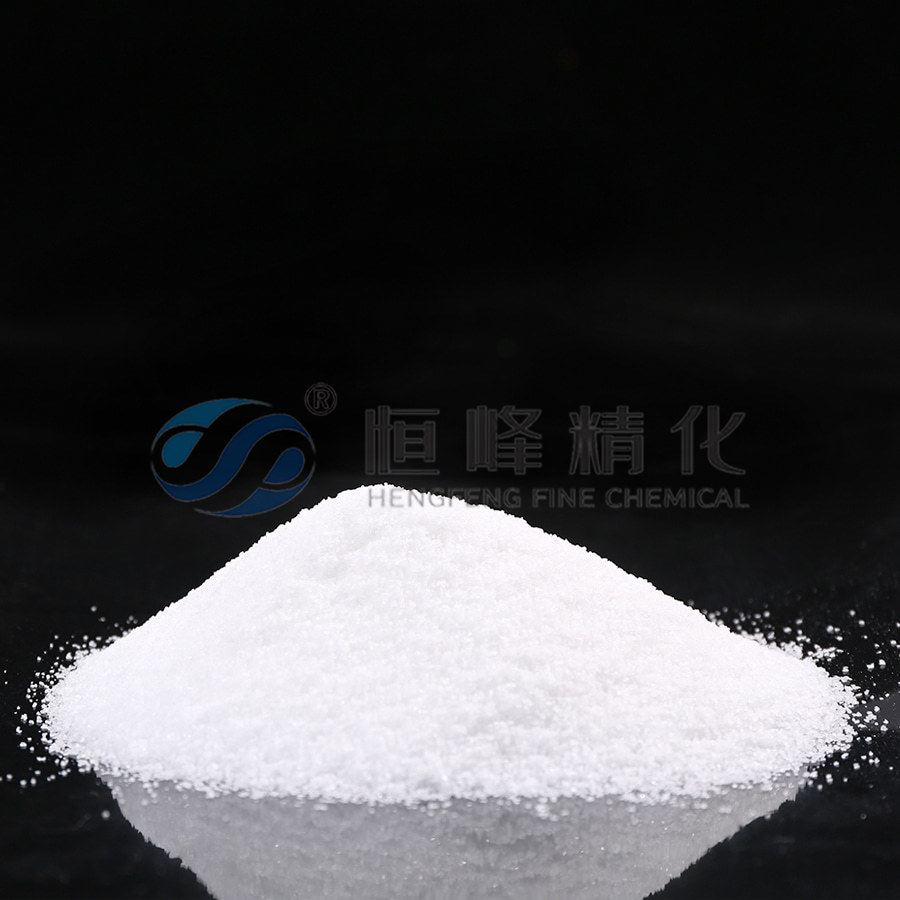Why Dewatering of Sludge Reduces Disposal Costs and Environmental Impact
Dewatering of sludge is an essential step in wastewater management that helps reduce disposal costs while lowering environmental impact. Sludge from treatment processes contains a high amount of water, which increases the bulk, transportation challenges, and handling costs. By efficiently removing excess moisture, facilities can minimize the volume that needs to be transported or treated further. This not only saves operational expenses but also eases pressure on disposal sites and promotes environmentally responsible practices. Understanding how to optimize sludge handling offers clear benefits for both industries and municipalities.
The Role of Moisture Reduction
Moisture in sludge contributes significantly to weight, which directly impacts transportation and storage costs. Reducing water content decreases the overall volume, allowing fewer transport trips and smaller vehicles to manage the same material. This reduction also lowers fuel consumption and carbon emissions associated with moving heavy loads. For facilities operating near urban areas, the environmental and logistical advantages are especially valuable.
Improving Handling Safety
Sludge with high water content tends to be heavy and unstable. Removing excess water creates a more stable material that is easier to handle and less likely to spill during transport. This improves safety for operators and reduces potential risks for equipment and infrastructure. Facilities benefit from a smoother workflow and fewer interruptions caused by accidents or handling challenges.
Environmental Considerations
Handling wet sludge poses risks to soil and water quality if leaks or spills occur. Dewatering minimizes these risks by creating material that is easier to store and transport safely. In addition, reduced moisture slows microbial activity that generates odors and gases, improving conditions for nearby communities and workers. The process contributes to regulatory compliance and supports sustainability goals by lowering potential environmental hazards.
Enhancing Efficiency Through Technology
Facilities can use mechanical methods such as centrifuges, belt presses, or filter presses to separate water from solids. Each approach relies on physical principles to remove moisture efficiently. Combining these techniques with chemical aids, like flocculants, can improve the separation process by helping fine particles aggregate into larger, easier-to-handle clumps. This hybrid approach allows consistent results without major infrastructure changes.
Supporting Downstream Processes
Dewatered sludge is easier to manage in subsequent treatments such as drying, incineration, or composting. Less water means lower energy consumption during processing, which reduces costs and environmental footprint. In composting applications, drier sludge stabilizes faster, producing material suitable for soil enrichment or other secondary uses. Efficient dewatering thus creates opportunities for resource reuse while easing the burden on waste management systems.
Operational Best Practices
Maintaining equipment and monitoring sludge properties are key to consistent performance. Proper dosing of chemical aids, checking mechanical parts, and adjusting processes as needed help sustain efficiency. Staff training ensures smooth operation, preventing delays and maintaining quality output. Facilities that invest in routine monitoring experience fewer interruptions and more predictable results.
Water Recovery and Reuse
Water extracted from sludge can often be recycled within treatment processes. Using recovered water reduces freshwater consumption and supports sustainable resource management. Depending on local regulations, this water may serve secondary functions such as irrigation or industrial processes, further enhancing environmental benefits.
Economic and Logistical Benefits
Reducing water content lowers weight and volume, which translates into fewer trips, smaller storage needs, and lower disposal fees. Facilities can allocate savings to other operational areas, improving overall efficiency. Even modest reductions in moisture can yield noticeable financial and logistical advantages over time.
Comparing Wet vs Dewatered Sludge Handling
| Aspect | Wet Sludge | Dewatered Sludge | Benefit |
|---|---|---|---|
| Transport volume | High | Lower | Fewer trips, lower fuel cost |
| Storage space | Large | Smaller | Optimized facility layout |
| Handling stability | Low | High | Safer operations |
| Odor & gas emissions | Higher | Reduced | Improved workplace environment |
| Energy for processing | Higher | Lower | Cost savings |
Compliance and Regulatory Advantages
Facilities that reduce sludge moisture content are better equipped to meet regulatory limits on liquid or semi-liquid waste. This proactive approach avoids penalties and demonstrates responsible environmental management. Communities often view these practices positively, enhancing public trust in water treatment operations.
Modern Monitoring and Automation
Real-time tracking of sludge characteristics and equipment performance can optimize water removal. Early detection of process variations allows timely adjustments, ensuring consistent dewatering. Automation also supports energy savings and minimizes chemical use, contributing to both cost reduction and environmental protection.
Strategic Considerations
Integrating mechanical, chemical, and operational strategies provides a balanced solution for sludge management. Facilities can achieve significant cost reductions while maintaining environmental compliance. Efficient water removal supports downstream treatment, enhances safety, and promotes sustainable resource use.
Dewatering of sludge is more than a technical procedure; it is a strategic approach to sustainable wastewater management. By lowering water content, facilities reduce transportation and disposal expenses, minimize environmental risks, and improve safety. Proper methods, combined with operational diligence and potential water reuse, create measurable benefits for both organizations and communities. Thoughtful implementation of these processes ensures long-term operational efficiency while contributing to responsible environmental stewardship.


 English
English Español
Español عربى
عربى Русский
Русский Tiếng Việt
Tiếng Việt




